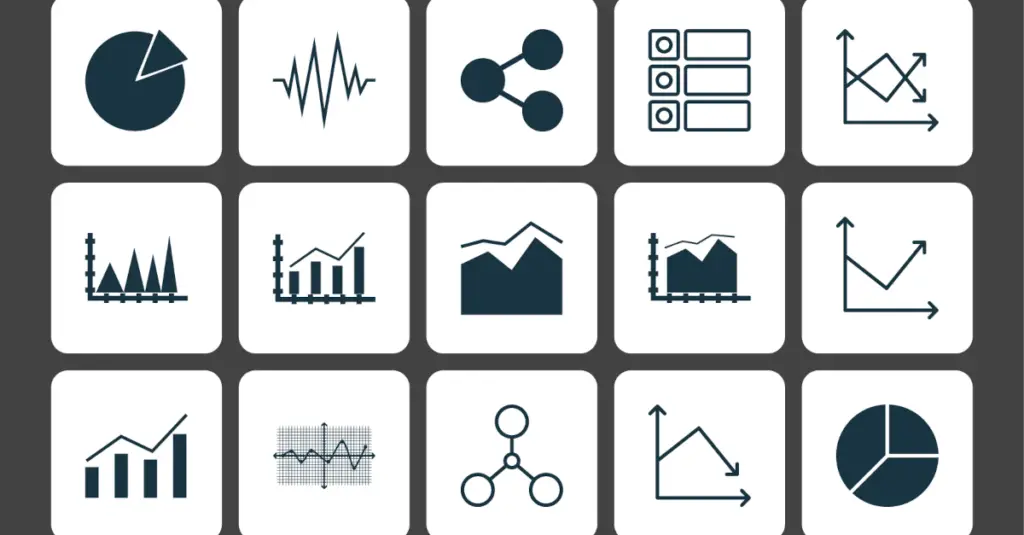
Michael Hovar, April 13, 2020
Get the Best Solution for
Your Business Today!
Table of Contents
From Exhibits to Libraries
Though I could never aspire to the philosophical brilliance of Sir Isaac Newton, a metaphorical apple did strike me on the head the other day as I stood at the reference desk in my local library, which is currently undergoing extensive renovations. Normally a model of efficiency and obsessive organization, the space was littered with temporary signs indicating relocated or suspended services, plastic covers keeping dust away from patrons and their quarries, and haphazardly rearranged furniture where the staff was doing their best to adapt to their version of purgatory. As I stood there, rubbing my bruised noggin and craving Dutch apple pie, I reflected on the changes currently underway in the world of BI. The technology oracles have been saying it for some time now, but never had it been more apparent to me than at IBM Data & AI Forum last October that social forces, business practices, and new technologies are changing the way we think about enterprise data.
Exhibits – The Past
Bear with me for a moment as we set aside the library allegory momentarily. Looking back at the BI of yesteryear, one would observe a different landscape than today. Back in “those days,” data was curated and presented by IT like well-crafted museum exhibits, complete with “Please do not touch” signs. Users were given the data they needed. They were free to explore the environment, so long as the information they sought was able to be found in one of the museum exhibits. The way the data was presented and maintained was largely under the responsibility and authority of the museum curators, and docents (i.e. BA’s) might be seen milling about to answer any questions or recite facts. Could new exhibits be built if someone (say, a wealthy donor) was interested in new information? Sure! Just a modest charitable donation to fuel the budget and get the new construction and acquisition underway. Maybe even a new wing in the name of our benefactor. Sound familiar? Something like the Robert J. Fairfield Memorial Data Mart… has a nice ring to it.
Public Libraries – The Future
So if that’s been relegated to the past, what does the BI of today and tomorrow look like? You guessed it. Your hometown public library. And maybe, like mine, yours is under construction and dealing with a bit of dust right now. But ready or not, change is coming because your “citizens” demand it. Now, you might say: “But aren’t Libraries themselves are growing obsolete?” And while that may be true of the conventional library of the past 100 years, consider how much libraries have also adapted and changed with the tide of technology. So it is with BI. Self-service access has become king over the past couple of years. Blame it on the Napster generation (everything else is blamed on us). Blame it on Netflix, Hulu, HBO and Disney+. Heck, blame it on avocado toast. But either way, like the music and visual media industries, we in BI will have to adapt to interacting with our clientele in new ways, or risk becoming obsolete. Today’s data customer expects to be able to walk the stacks, explore the available content – maybe pull something off the shelf and thumb through it. They expect to be able to interact with the content over multiple mediums – on prem, remotely, maybe on a mobile device. Users will check out materials, and yes, sometimes return them with a coffee stain, or sometimes not return them at all. But that’s a risk that must be taken for information to flow freely. And sure, your library will likely always have that “Reference” collection, the carefully curated and maintained materials with restricted access. This would be your regulated financial reporting, your business-critical standard reports. But aside from that, data consumers expect to be able to explore, to build their own collections, combine it with outside sources, build their own reports, and so on. Truth is, they’ve been doing it for years, likely unregulated, probably in Excel, and often burning hours of payroll to manipulate the raw data into something usable. I know I did, earlier in my career. Scraping mainframe screens, writing VBA macros, the works. But times have changed, and with it, the technology and the audience. So it is critical that we reorient ourselves to work with and not against the expectations of our data consumers. To enable them and empower them, like the all-helpful librarian, with the best tools available to efficiently and effectively reach the conclusions they are seeking.
So how is Cognos leading the way into this new BI landscape?
- The ever-increasing power of Data Modules brings casual data consumers and experienced data modelers together on the same robust tool. Business users, developers, and admins alike can bring together varied data sources with complex joins, add calculated fields and so on. And as the few lingering gaps between Data Modules and Framework Manager are disappearing, so will the days of the Cognos consumer being unable to get hands-on with the engine that drives their reporting needs.
- AI is being completely demystified and integrated into Cognos in ways that are both powerful and seamless. New features (that you can read about elsewhere in PMsquare publications) like Exploration with automatic context-based dashboard generation or instantly customizable forecasting with seasonality are nearly single-click features that enable the average user to harness AI without really even knowing it.
- Frequent releases and better access to training materials (see IBM’s new training site for end-users) keeps the population of Cognos users in-touch with the most current advancements and empowers them to leverage the latest bells and whistles without the need for a 6-hour class, certification, and access approvals – so long as their Cognos administrators are willing to hand over the reins…
Conclusion
And so, I offer a simple challenge. If you’ve been resistant to the relentless tides of time, consider this: users change. And the systems that support them can either adapt and support them in new ways, or else become obsolete. Self-service carries risks and challenges, but also a great many rewards. The best way to mitigate the risks and harness the rewards is to make sure you are at the helm and prepared to lead your Cognos community into tomorrow. Consider attending events like IBM Think 2020 (going digital & free) to get yourself up-to-date on what’s to come.
Next Steps
We hope you found this article informative. Be sure to subscribe to our newsletter for data and analytics news, updates, and insights delivered directly to your inbox.
If you have any questions or would like PMsquare to provide guidance and support for your analytics solution, contact us today.








